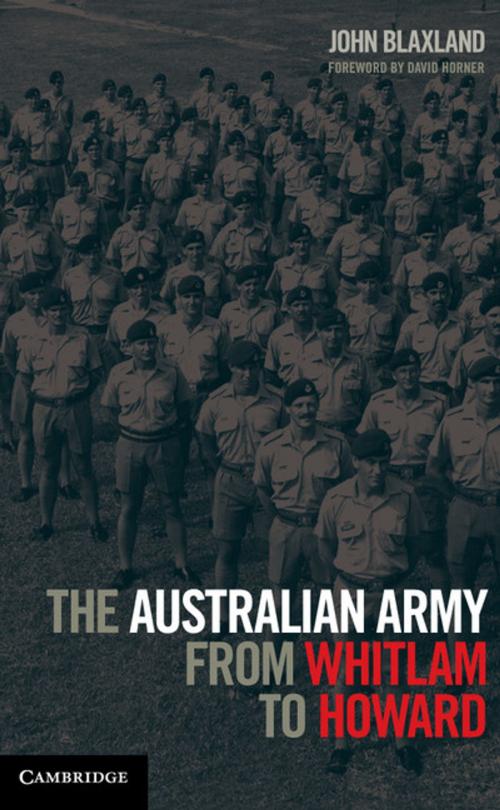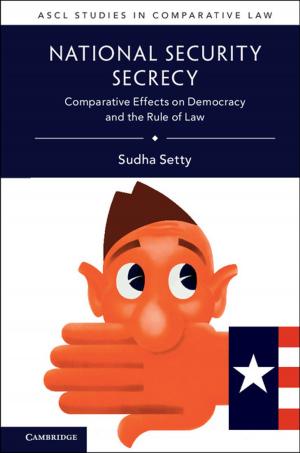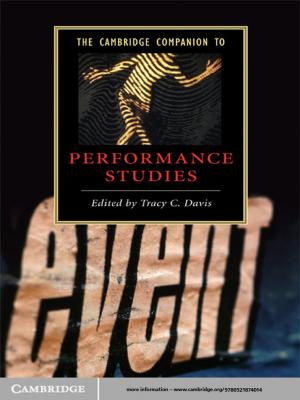| Author: | John Blaxland | ISBN: | 9781316284711 |
| Publisher: | Cambridge University Press | Publication: | October 16, 2013 |
| Imprint: | Cambridge University Press | Language: | English |
| Author: | John Blaxland |
| ISBN: | 9781316284711 |
| Publisher: | Cambridge University Press |
| Publication: | October 16, 2013 |
| Imprint: | Cambridge University Press |
| Language: | English |
The Australian Army from Whitlam to Howard is the first critical examination of Australia's post-Vietnam military operations, spanning the 35 years between the election of Gough Whitlam and the defeat of John Howard. John Blaxland explores the 'casualty cringe' felt by political leaders following the war and how this impacted subsequent operations. He contends that the Australian Army's rehabilitation involved common individual and collective training and reaffirmation of the Army's regimental and corps identities. He shows how the Army regained its confidence to play leading roles in East Timor, Bougainville and the Solomon Islands, and to contribute to combat operations further afield. At a time when the Australian Army's future strategic role is the subject of much debate, and as the 'Asian Century' gathers pace and commitment in Afghanistan draws to an end, this work is essential reading for anyone interested in understanding the modern context of Australia's military land force.
The Australian Army from Whitlam to Howard is the first critical examination of Australia's post-Vietnam military operations, spanning the 35 years between the election of Gough Whitlam and the defeat of John Howard. John Blaxland explores the 'casualty cringe' felt by political leaders following the war and how this impacted subsequent operations. He contends that the Australian Army's rehabilitation involved common individual and collective training and reaffirmation of the Army's regimental and corps identities. He shows how the Army regained its confidence to play leading roles in East Timor, Bougainville and the Solomon Islands, and to contribute to combat operations further afield. At a time when the Australian Army's future strategic role is the subject of much debate, and as the 'Asian Century' gathers pace and commitment in Afghanistan draws to an end, this work is essential reading for anyone interested in understanding the modern context of Australia's military land force.















